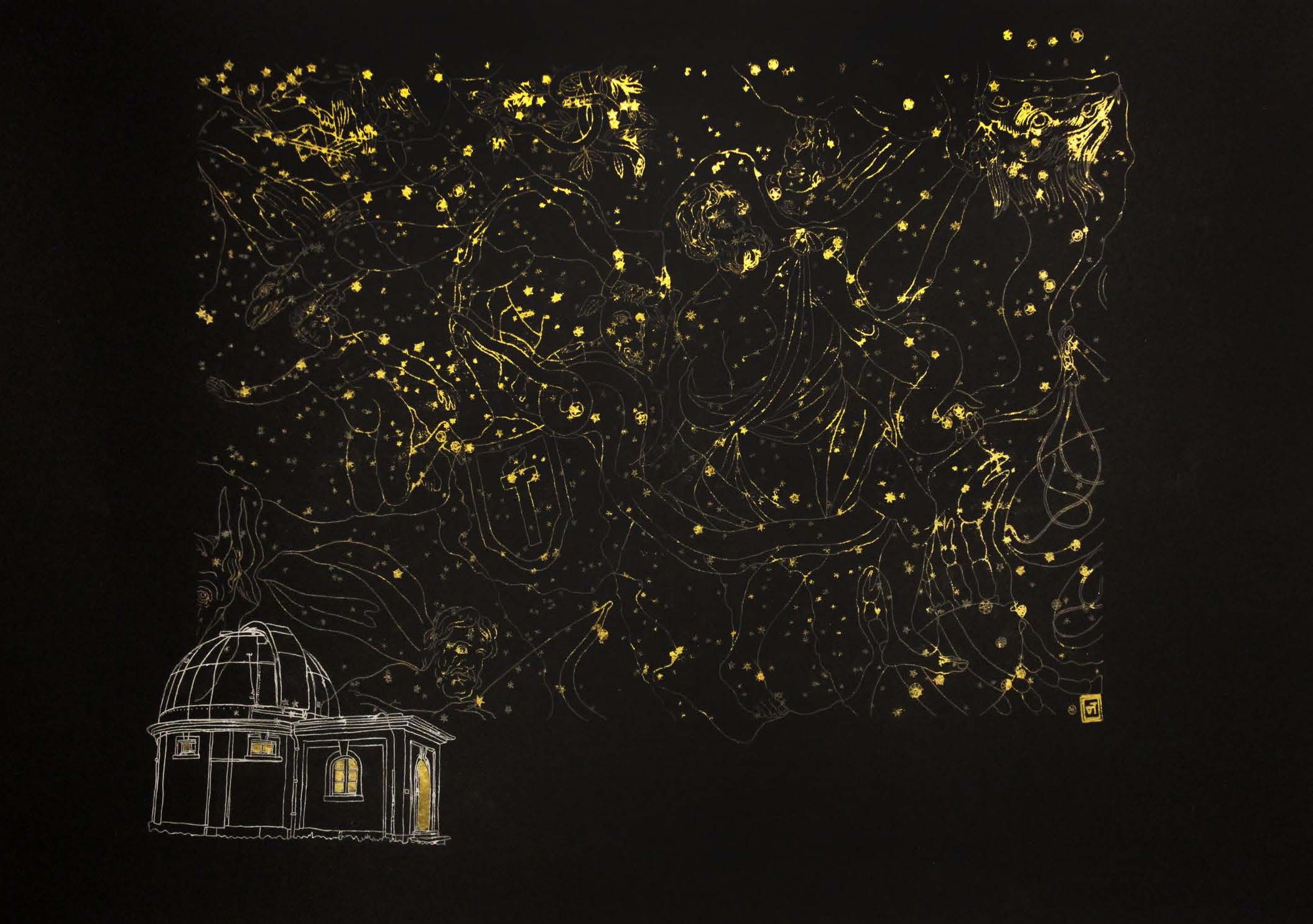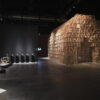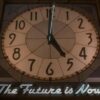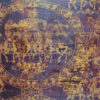THE LOST PLEIADES
A short story by Nidhi Khurana

Listen to The Lost Pleiades
Excerpt from The Lost Pleiades:
We walk through the museum, opening the different sections with her key, the only visitors; from the “History of the City” to the “Dawning of the modern age”. At Last we arrive into the well, the central area with one of the largest portals installed inside the museum. The area is off-limits for the general public, for we don't know what may happen (there is no accident insurance), but I can be there with Ceren.
She looks away
I step into the portal and into another world
A trader’s home, fallen women, a weaver’s guild An African boy, many rows of kings
Of ships, boats and inns Unto the cellar within.
And to what do I see
A structure looking out to sea.
Our world came into being in the first three minutes after the Big bang.
The Milky Way was born when Zeus squeezed Juno’s breast. The milk from her bosom splashed across the dark sky dotting it with millions of stars and galaxies and supernovae. A rotating fried egg bulging in its center, or a prone emu resting as the world moves; our home in the darkness, our galaxy in the cosmic void. The sun is but an ordinary star. We have no other vantage point.
A substance that holds our lives together, dark matter is the invisible force only affected by the gravitational pull keeping us in place. Dark matter passes through me and you, through the air we breathe, not interacting with wood or metal or stone or cloth or paper or water; answering only to the pull of gravity, preventing us from flying across the universe, crashing against the orbits of other planets and breaking into a thousand pieces of nothingness. Astronomers understand little about dark matter but I think it is the substance that connects us. Dark matter transmits thought. It is the missing link between human emotion, thought and action holding answers to all the unanswered questions we ask ourselves. Why do I do the things that I do? How am I connected to you?
I swim through the layers of concrete and stone, peeling each one like an onion skin arriving at the foundation of the old Sternwarte (Observatory) from 1824 at Millerntor built by Repsold to guide the ships safely home.1 The old clock; the black ball hoisted on the tower of the observatory strikes exactly at noon so that the boats may mark the time to avoid shipwreck at sea. Even a slight offset could lead to a potentially dangerous error in location.

Nidhi Khurana in collaboration with Dr. Pranjal Trivedi.
During her residency at Westwerk, Nidhi is collaborating with Dr. Pranjal Trivedi, astrophysics researcher at Hamburg Observatory, University of Hamburg, to delve into cosmic mysteries mapped across space and time. Pranjal’s research focuses on the nature of dark matter and on the origin and evolution of cosmic magnetic fields.
We (both the artist and scientist) are made of cosmic dust and the gold and silver used in the artwork were forged in the belly of the stars only to be scattered across the galaxy by supernovae. The collaboration is a continuous conversation of creative exchange that interrogates changing perceptions and mappings of the sky over the last 500 years; from a tableau for creation myths to a celestial compass useful for locating ourselves to navigate across the seas.
“The desire to observe, chart and understand a realm of the universe that was permanently beyond the reach of direct experience was driven by intellectual curiosity in its purest forms.”4
1 Mapping the Heavens, Peter Whitfield, British Library (1995).
4 Mapping the Heavens, Peter Whitfield, British Library
Related Articles
The Magazine
Recent Posts
-

Cultural Diplomacy and Artistic Dialogues: Exploring ‘Beneath the Gaze of the Palms’
Cultural Diplomacy and Artistic Dialogues: Expl... -

The Time is Now: How Artists Respond to the Idea of Time
THE TIME IS NOW: HOW ARTISTS RESPOND TO THE IDE... -

Cultural Crossroads: Stories of Exchange
CULTURAL CROSSROADS: STORIES OF EXCHANGE Januar... -

Colour Series Part IV: Purple
COLOUR SERIES PART IV: PURPLE The colour purple... -

On Embroidery & Motherhood with Iliodora Margellos
On Embroidery & Motherhood with Iliodora Ma...
WANT TO STAY UPDATED WITH ITERARTE LATEST ACTIVITES AND NEWS?
Sign up to our newsletter to be one of the first people to access our new art, learn all about our latest launches, and receive invites to our exclusive online and offline art events.
